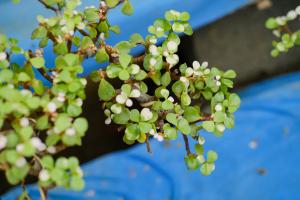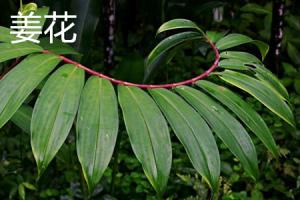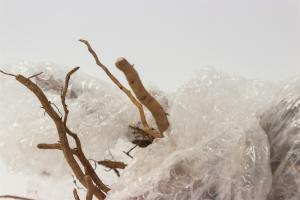Introduction
Cocoa trees are known for producing delicious chocolate, and the Philippines has a thriving cocoa industry. The process of planting cocoa trees requires care, attention, and patience. In this article, we will guide you through the steps to help you successfully plant cocoa trees in the Philippines.
Step 1: Choosing the Right Site
The first step to planting cocoa trees is finding a suitable location. Cocoa trees require a warm and humid climate with plenty of rainfall. A site that is close to a water source is ideal to provide sufficient irrigation. A location that is sheltered from strong winds and direct sunlight would be the best environment for your cocoa plants.
Step 2: Preparing the Soil
The soil conditions must be suitable for cocoa trees in order for them to thrive. Soil that is rich in organic matter with good drainage is essential. The soil's pH level should range between 6.0 and 7.5. You can add organic matter such as compost or well-decomposed manure to the soil to increase the nutrient level.
Step 3: Choosing the Cocoa Tree Variety
Choosing the right cocoa tree variety is essential for a bountiful harvest. There are various varieties of cocoa trees available in the Philippines, including Criollo, Forastero, and Trinitario. Each variety has its own unique characteristics, and you can consult with a local supplier or researcher to select the best variety for your area.
Step 4: Planting Cocoa Trees
The best time to plant cocoa trees is during the rainy season. Dig holes that are at least 2 feet deep and 2 feet wide, and plant the cocoa seedlings in the holes. Ensure that the top of the root ball is at least an inch below the soil surface. Cover the seedlings with soil and press down to prevent air pockets. Provide a support stick next to the seedling to keep it upright and eliminate the need for staking.
Step 5: Watering and Fertilizing
Watering and fertilizing your cocoa trees are crucial for their growth and development. During the first year, water your cocoa trees at least twice a week or enough to keep the topsoil moist. As the trees grow, reduce watering frequency to once a week. Fertilize your cocoa trees every three months with a balanced fertilizer that contains nitrogen, phosphorus, and potassium.
Step 6: Pest and Disease Control
Pest and disease control is an essential step in cocoa tree management. Regular monitoring is required to identify any pests or diseases that could damage your cocoa trees. Common pests include mealybugs, whiteflies, and cocoa pod borers. Control methods include releasing beneficial insects, pruning infected branches, and applying insecticides. In addition, pruning cocoa trees can help maintain the right shape and improve their productivity.
Conclusion
Cocoa tree cultivation in the Philippines can be profitable if done correctly. Follow the six steps outlined above to optimize your cocoa tree growth and increase your yield. Remember, cocoa tree cultivation requires patience and persistence, but the rewards of your efforts can be sweet.

 how many times do yo...
how many times do yo... how many planted tre...
how many planted tre... how many pine trees ...
how many pine trees ... how many pecan trees...
how many pecan trees... how many plants comp...
how many plants comp... how many plants can ...
how many plants can ... how many plants and ...
how many plants and ... how many pepper plan...
how many pepper plan...
































